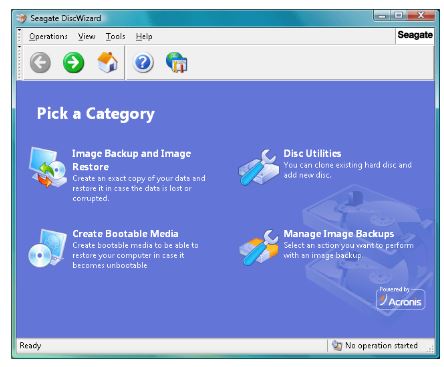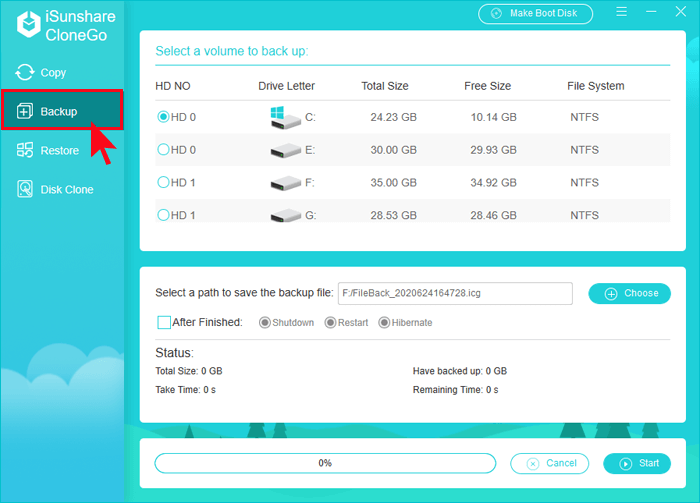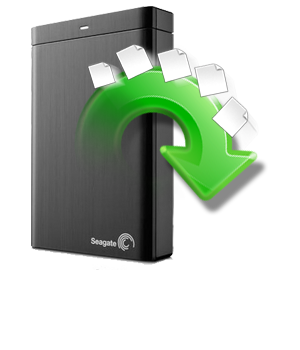
They work at a low enough level that applications and operating system functions don't have as hard a time with them as they do aliases. An older way of creating those connections is more reliable for actions like what we want iTunes to do: Symbolic links, aka symlinks. Some applications don't follow aliases properly.

When you create a symlink, you create a new path for Finder to take to get to the backups folder.įormer iMore writer and Mac genius Peter Cohen explains symlinks perfectly. In this step, you'll create a symlink - or symbolic link. You'll have to manually move the folders back to your Mac instead.

If you don't perform this step, your computer won't back up your iPhone or iPad anymore. This is the more difficult and most important step to moving your iOS backups to an external hard drive. Step 3: Create a symlink to tell your computer the new location of your backups Rename the old backup folder in Finder to old_backup.ĭo not delete the old_backup folder yet. You may have to enter your administrator password once again to make this change.

You can also find the backups for specific devices from Finder. You can find them by typing ~/Library/Application Support/MobileSync/Backup into Spotlight. Your backups are stored in a MobileSync folder. That being said, if you're still bent on moving them to an external hard drive, we're here to help. If you're thinking about using iCloud, here's how you can choose which iCloud storage plan you should get.

It's a better, more straightforward option, but you might need to buy some extra iCloud storage. We highly recommend syncing on iCloud and then deleting the backups on your Mac, rather than relocating them.


 0 kommentar(er)
0 kommentar(er)
